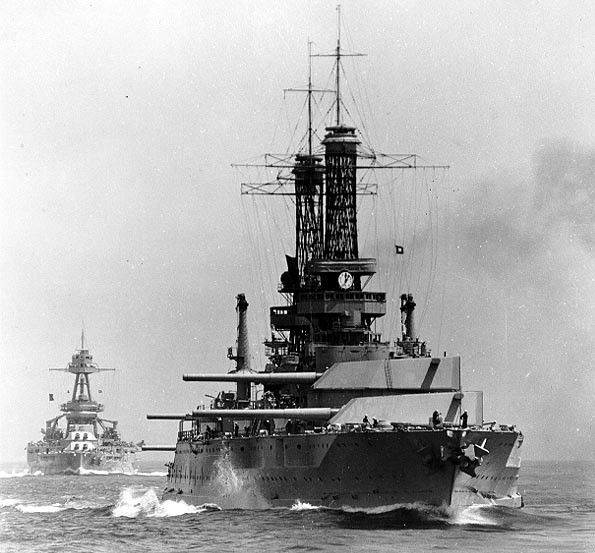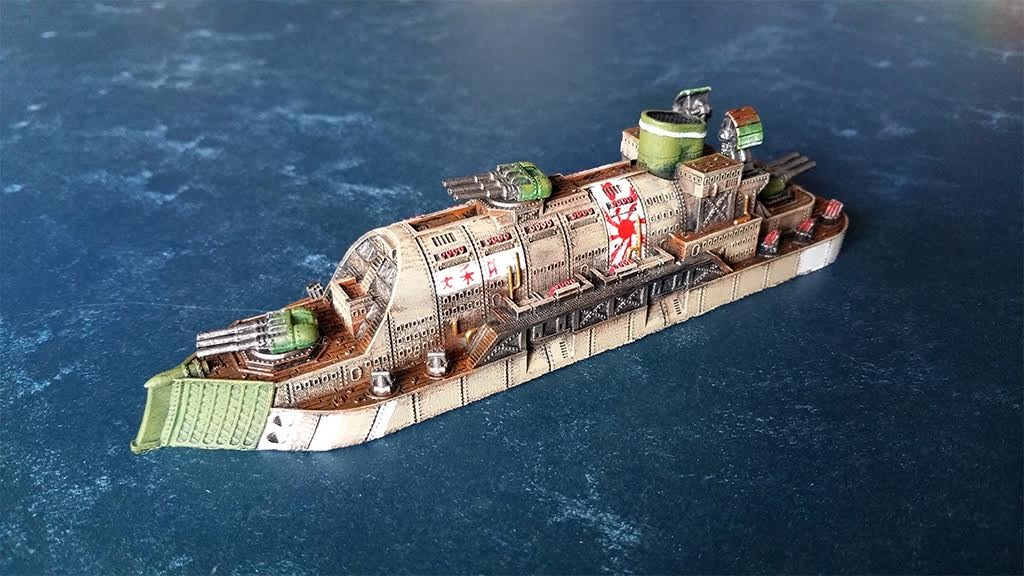Why does this wide-spread practice annoy me? Well, the chief reason is that it is a somewhat lazy appeal to an audience’s presumed hazy understanding of naval history. So, let’s start there. The name “Dreadnought” was a traditional English warship name, and when it was applied in 1906 to the first of a new type of (relatively) fast battleships that were homogenously armed with 12” guns, the name came to be applied to all battleships that had a similar gun layout. Keep in mind, though, the use of the term “dreadnought” in reference to “all big gun” battleships was a colloquialism, its use no doubt spurred on and encouraged by the Royal Navy and the British press as a bit of marketing! As far as the navies of the world were officially concerned, dreadnoughts were still battleships, just a new and improved type. This attitude is shown most clearly by the US Navy, which numbered its dreadnoughts in the same sequence as the earlier battleships, which then retroactively came to be called “Pre-dreadnoughts.”

So, calling a space ship a dreadnought is something of a short-hand way of saying “This is a battleship, just bigger and badder.” And that works well enough, although it really only works well if whatever sci-fi setting the space dreadnought exists in is either a future version of our own or else a future version of a parallel universe that is close enough to our own to have had an HMS Dreadnought in their version of 1906! Otherwise, the use of the term “dreadnought” in context of a space fleet becomes something of a nautical 4th wall break.
By this point, I’m sure more than a few of you are rolling your eyes, and asking, “What’s the big deal? We use other naval ship types like destroyer and cruiser in space naval games, so why does dreadnought bother you?” And…that’s a fair point. There is no real reason why a space navy should use terms like “cruiser” for a mid-sized warship, or “destroyer” for a small-sized one. A science fiction setting, whether it’s in our own far future or a long time ago in a galaxy far away, would most likely devise its own set of ship classifications that might look very different from what we are familiar with from history. In that sense, using familiar ship types are just more examples of the short-hand I mentioned earlier. And yet, I find the use of ship types other than “dreadnought” more acceptable in science fiction. I think this is due in no small part to the fact that most of these other ship types are descriptive in nature; a destroyer is obviously a ship that destroys things, while a cruiser is clearly a ship that…cruises about, I suppose.

In the end, I need to emphasize that on a scale of “Small Deal” to “Big Deal,” this is a “Small Deal” for me. I am perfectly happy to continue playing space games that feature dreadnoughts, along with any other forms of sci-fi media (movies, TV, books, etc) that may also include them. And, I fundamentally understand why. In addition to the short-hand purpose I mentioned earlier (which shouldn’t be discounted, as it can be a valuable way for a sci-fi writer to avoid exposition dumps), there is also the simple fact that “Dreadnought” is just a cool-sounding name. It is a fitting name for a large, powerful warship, and fires the imagination. As with so much in gaming, sometimes the Rule of Cool trumps silly notions about proper space ship taxonomy! But, that’s a topic for another post.
Until next time, good luck, and good hunting!

Most military science fiction is set in a future version of our universe. The word dreadnought is well established in our naval culture. You may argue that it is an English word derived from English naval history I doubt if any naval officer in the world would not recognize it. And of course English is rapidly becoming the global language.
You are right that the word is sometimes used carelessly for bigger battleship, but this is often found in the science fiction the games are based on. So don’t complain about its use in wargames that are just being faithful to the source material.
The proper use of the word would be for a ship based on some revolutionary technology that makes other ships obsolete.
By the way, the term “all big gun” is a bit misleading. Even the original Dreadnought had some secondary armament. The real breakthrough was making all main armament the same size to improve fire control.